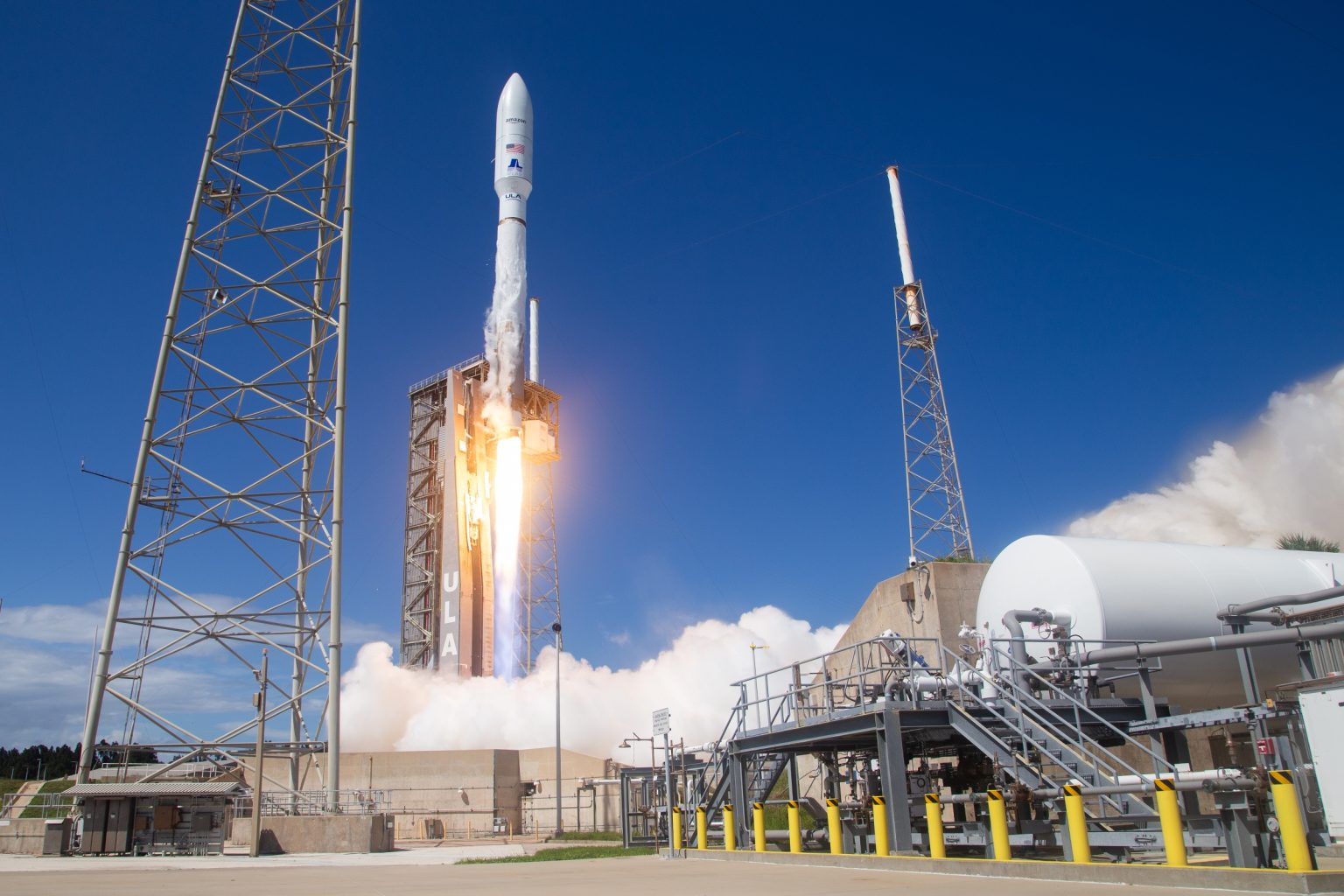A new market analysis of Amazon’s Project Kuiper estimates the cost of the project to be between $16.5 billion and $20 billion, significantly higher than the $10 billion figure cited by the company four years ago. The report suggests that revenue from the satellite broadband network could amount to tens of billions of dollars annually. Project Kuiper aims to deploy 3,232 satellites into low Earth orbit to create a high-speed internet network serving millions of users worldwide, as well as supporting Amazon Web Services and other Amazon offerings. Amazon is currently behind SpaceX’s Starlink network, which has over 6,000 satellites in orbit. However, there is still room in the market for Project Kuiper to succeed.
The Quilty report projects that launch costs alone for Project Kuiper will eventually reach $10 billion or more. The launch schedule involves utilizing different rockets, such as ULA’s Vulcan Centaur, Blue Origin’s New Glenn, SpaceX’s Falcon 9, and Arianespace’s Ariane 6. The report highlights uncertainties regarding Amazon’s ability to deliver on its launch schedule, particularly as Amazon relies heavily on new launch vehicles. To meet the FCC’s mid-2026 deadline, Amazon and its partners will have to increase early launch rates significantly.
Despite uncertainties surrounding the project, Amazon has already successfully launched two prototype Kuiper satellites and plans to send the first operational satellites into orbit by the end of this year. The report mentions Amazon’s track record with consumer devices, noting that if expenses spiral and milestones are missed, Project Kuiper could become another costly venture for the company. Amazon has yet to disclose much information about the satellite specifications but is estimated to have over 2,000 employees working on the project. The early adopters of Project Kuiper are expected to be in the government and mobility sectors.
Project Kuiper’s strength comes from Amazon’s Devices business and AWS, which powers a significant portion of the internet infrastructure. The report also mentions that Amazon’s consideration of using Kuiper as an alternative to GPS for positioning, navigation, and timing services could increase the project’s success. However, Amazon has not confirmed these details and has declined to comment on the speculation regarding the cost of deploying the network. The report highlights potential partnerships with wireless telecom providers and hints at future upgrades for Project Kuiper.
Overall, the analysis from Quilty Space emphasizes the potential of Amazon’s Project Kuiper to revolutionize global satellite broadband services. Despite the high costs and uncertainties surrounding the project, Amazon’s experience in consumer electronics and cloud services could give them an advantage in the market. With the aim of serving millions of users worldwide and generating billions in revenue annually, Project Kuiper could become a significant player in the satellite broadband industry.


